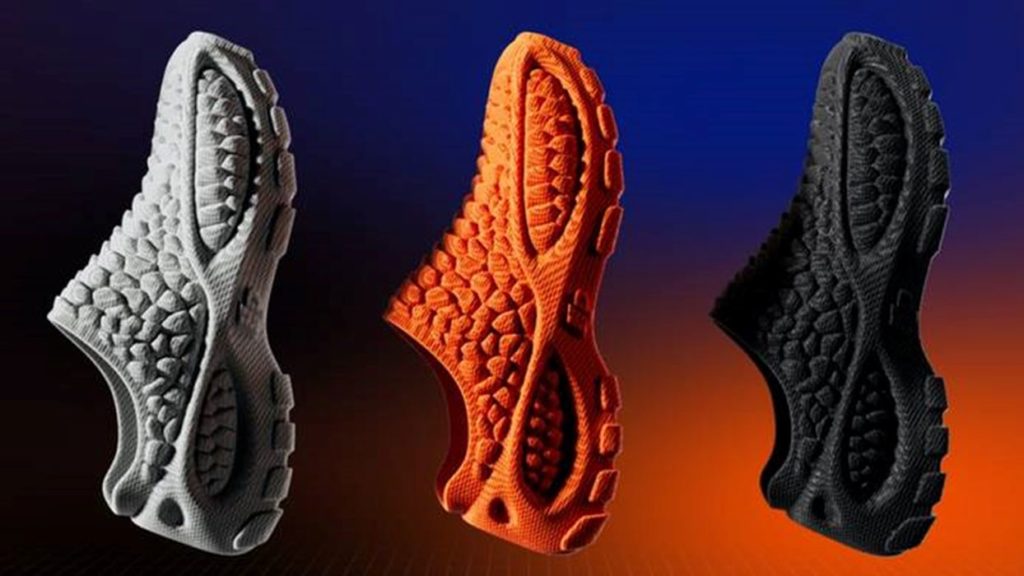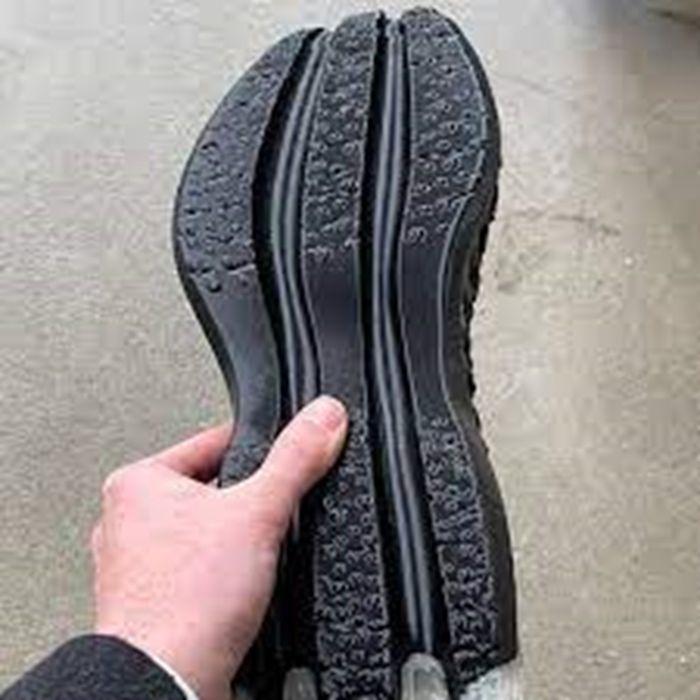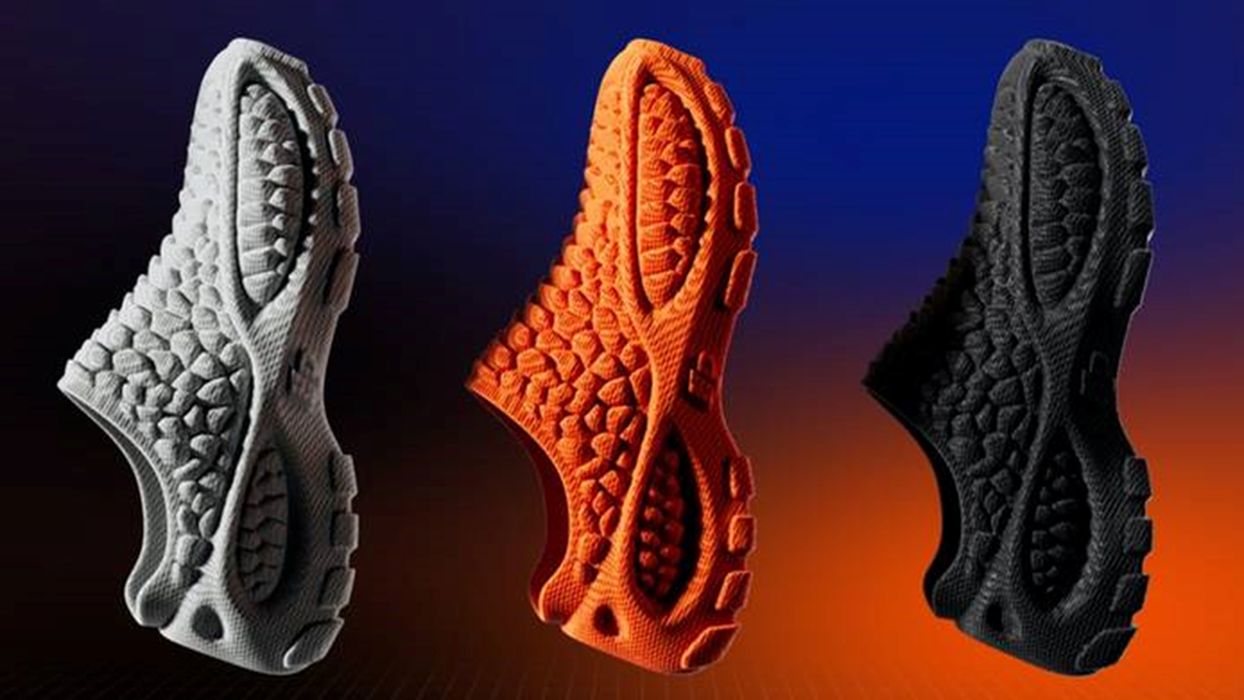
Charles R. Goulding and Preeti Sulibhavi look at developments in 3D printed footwear.
3D printed or 3D inspired sneakers are not a new concept. We have previously written about sneakers, whether they be Nike, Adidas, or Puma. We have also written about Crocs and other types of accessories.
In an October 7, 2021, edition of the New York Times’ Thursday Styles section, 3D printing was featured for its applications to sneaker manufacturing. So, this time we are presenting you with a concept that Heron Preston has designed and developed for Zellerfeld. It is a completely 3D printed sneaker that has a sock-like material for the shoe.
Heron Preston and 3D Printing
From the very beginning, Heron Preston was inspired by the Heron bird. And, being consistent with that muse, the HERON01 is inspired by and has a likening to birds’ feet. This explains the sock-like material used to fabricate the 3D printed slip-on sneaker.
Heron actually took part in a “Designer Challenge” at the Copenhagen Fashion Summit, where he was tasked to develop a sustainable solution for the footwear industry. Zellerfeld, a fully 3D printed shoe brand, seemed the perfect choice for Heron to use to produce his sneaker designs.

Daniel Bailey, known for his “Conceptkicks” Instagram page, designed the sole of the HERON01. The designs for the sole of the shoe were developed four years ago, and Daniel was happy to see them put to good use.
Dubbed the HERON01, the 3D printed slip-on sneaker is fully recyclable and can be traded in to be reprinted into a new pair when updates become available. This is a one-of-the-kind sneaker that has captured the interests of many. On October 11, 2021, 200 pairs were released on the Zellerfeld website, and the entire stock was sold out the same day.
Last, the 3D printed HERON01 integrates an upper mesh and comfortable, wearable sole.
The Research & Development Tax Credit
The now permanent Research and Development (R&D) Tax Credit is available for companies and startups developing new or improved products, processes and/or software.
3D printing can help boost a company’s R&D Tax Credits. Wages for technical employees creating, testing and revising 3D printed prototypes can be included as a percentage of eligible time spent for the R&D Tax Credit. Similarly, when used as a method of improving a process, time spent integrating 3D printing hardware and software counts as an eligible activity. Lastly, when used for modeling and preproduction, the costs of filaments consumed during the development process may also be recovered.
Whether it is used for creating and testing prototypes or for final production, 3D printing is a great indicator that R&D Credit eligible activities are taking place. Companies implementing this technology at any point should consider taking advantage of R&D Tax Credits.
If the Shoe Fits…

With 3D printing becoming a more accessible technology, the textile, apparel and accessories industry is increasingly integrating the technology in designing and developing new products, particularly sustainable ones. This trend seems a good fit in today’s world.


